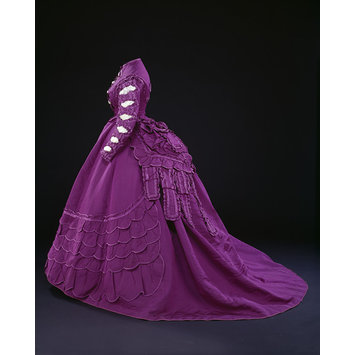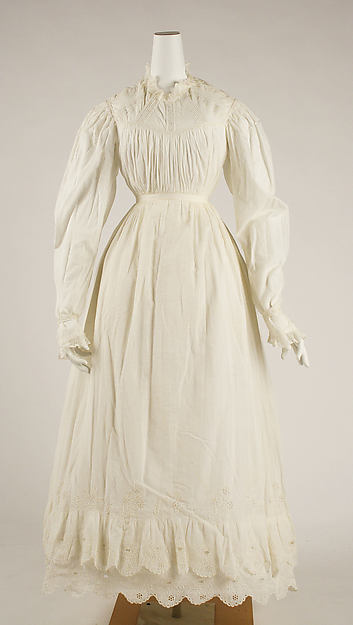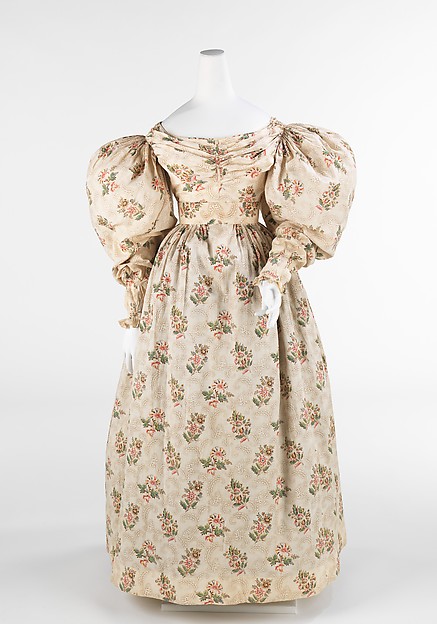Boy am I pooped! We got a new puppy! And, perhaps needless-to-say he's a handful. Oh well, he's sweet and very very cute! Here's a gratuitous puppy picture:
Now, back to business. Since I've completed my latest sewing project, I'm between projects right now (not to mention tired:). I thought I'd talk a little bit about a topic of interest to me and others interested in regency fashion: regency stays.
Now the regency stay is often referred to as the "short corset." Unlike the corsets of the 18th century and the Victorian Era, the regency corset drew the waistline up just below the bust. This pushed the bust up, (often creating that heaving bosom thing) and let the waist be unconstrained. The short stays are closer to the modern bra than corsets from the 18th century and Victoria era.
Here's a pictorial example:
From what I've read, the front of the stays were reinforced with a wooden busk (some say whalebone, some don't). The rest of the corset was corded. They were more of support garments rather than the figure altering styles of the previous and subsequent eras. As with these other eras, regency stays were worn over a chemise.Over this was the dress! Isn't that scandalous?! I can only imagine Victorian women saying "What no petticoats, no corset covers, no drawers!?!?"
As you can see from the picture, the top was drawstringed. I can only imagine this helped push the bust up even farther. Something that interests me on the shorter version is the side. Quite stretchy! I know I've read about this sewing technique, but can't remember its exact name. Anyone know?
I've worn a steel-boned corset before, and all I can say is these look soooo much more comfortable!
Here's an illustration from 1811 depicting regency stays:
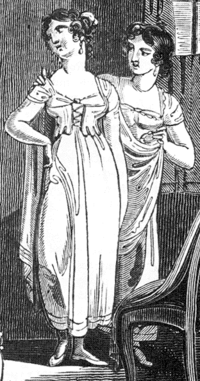
a bit of lacing, but nothing too serious
The result of short stays on the silhouette? A much more natural, free shape. The shape took its inspiration from classical Greek statuary- free-flowing. (Well, all except the boobs, very high)
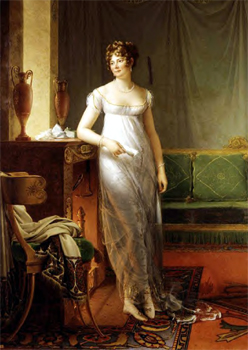
From the bust down, the figure is free
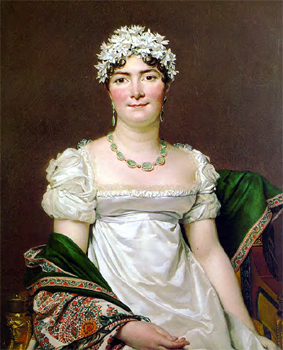
another high bust, funny even the head wear/hairstyles look Grecian
Contrast these silhouettes with one from 1760-1769:
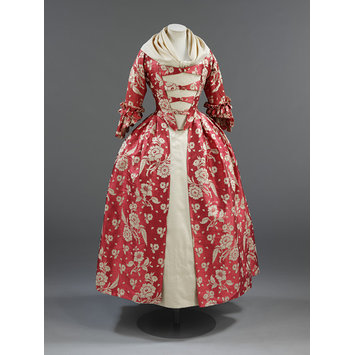
And one from later in 1858-1860:
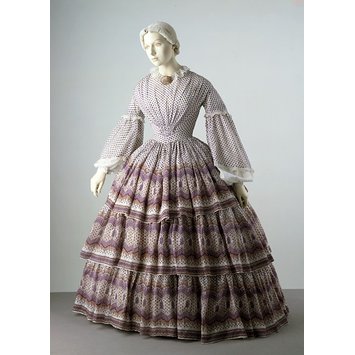
Both good examples of constraining corsets!
Well that's all I have for now!
images and research courtesy of:
janeausten.co.uk
wemakehistory.com
Victorian and Albert Museum


















